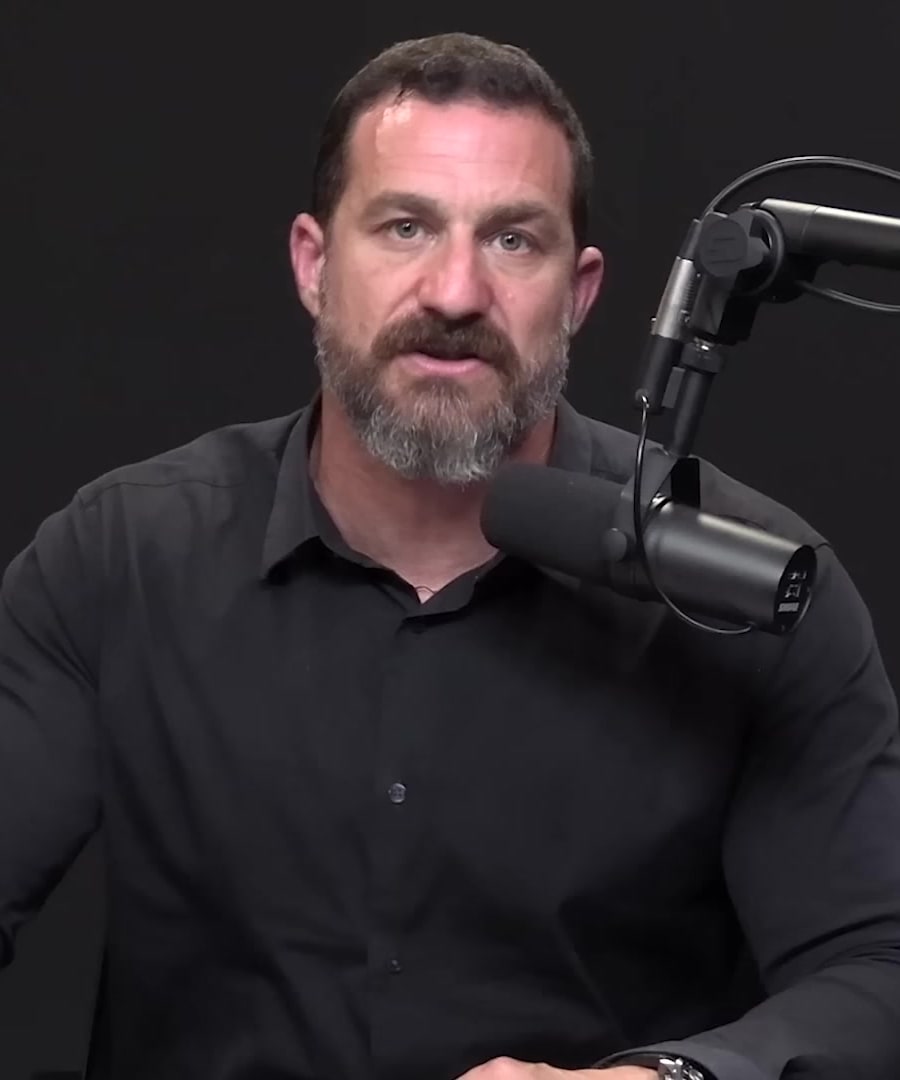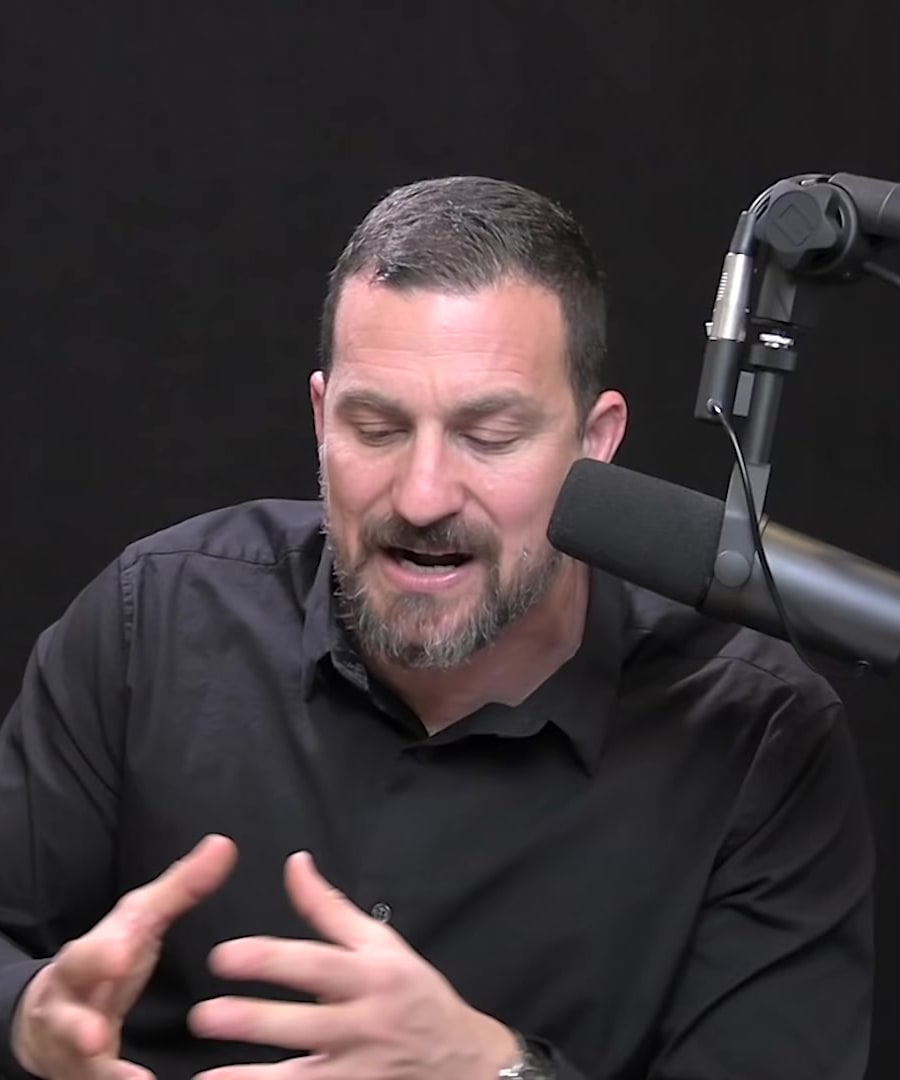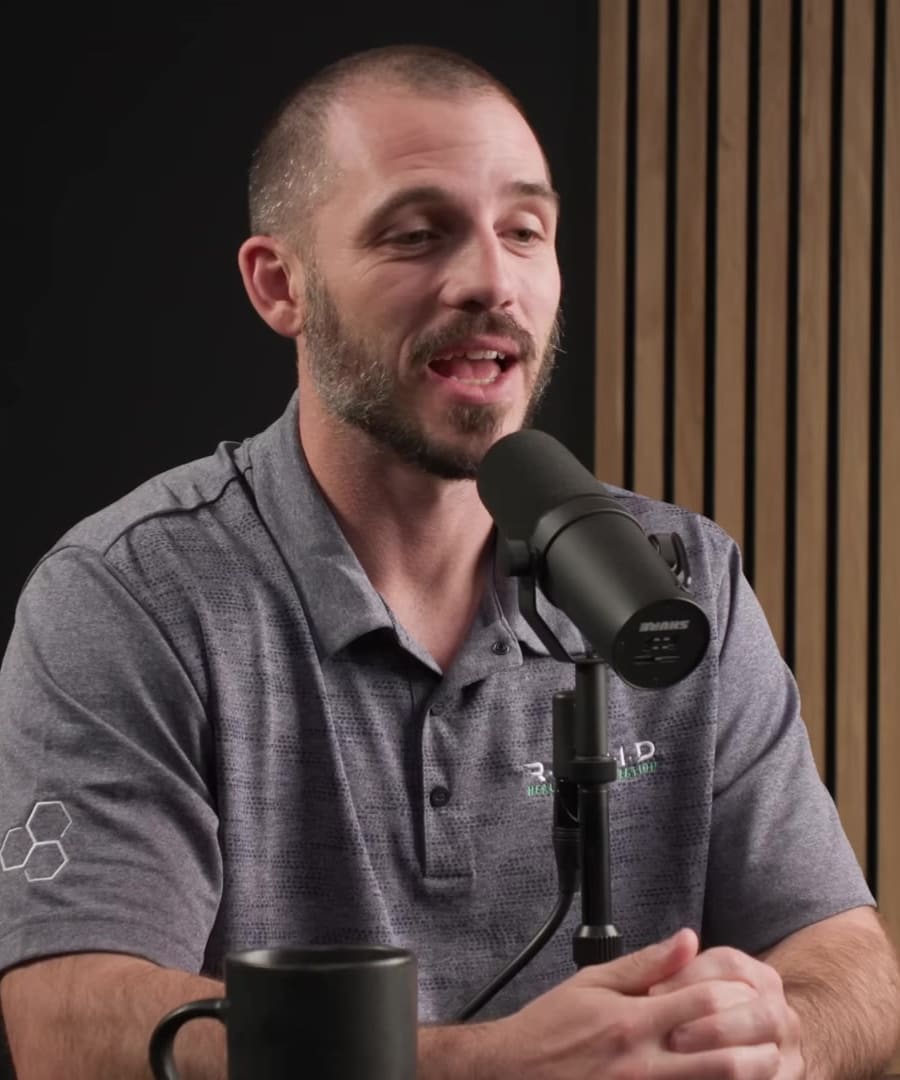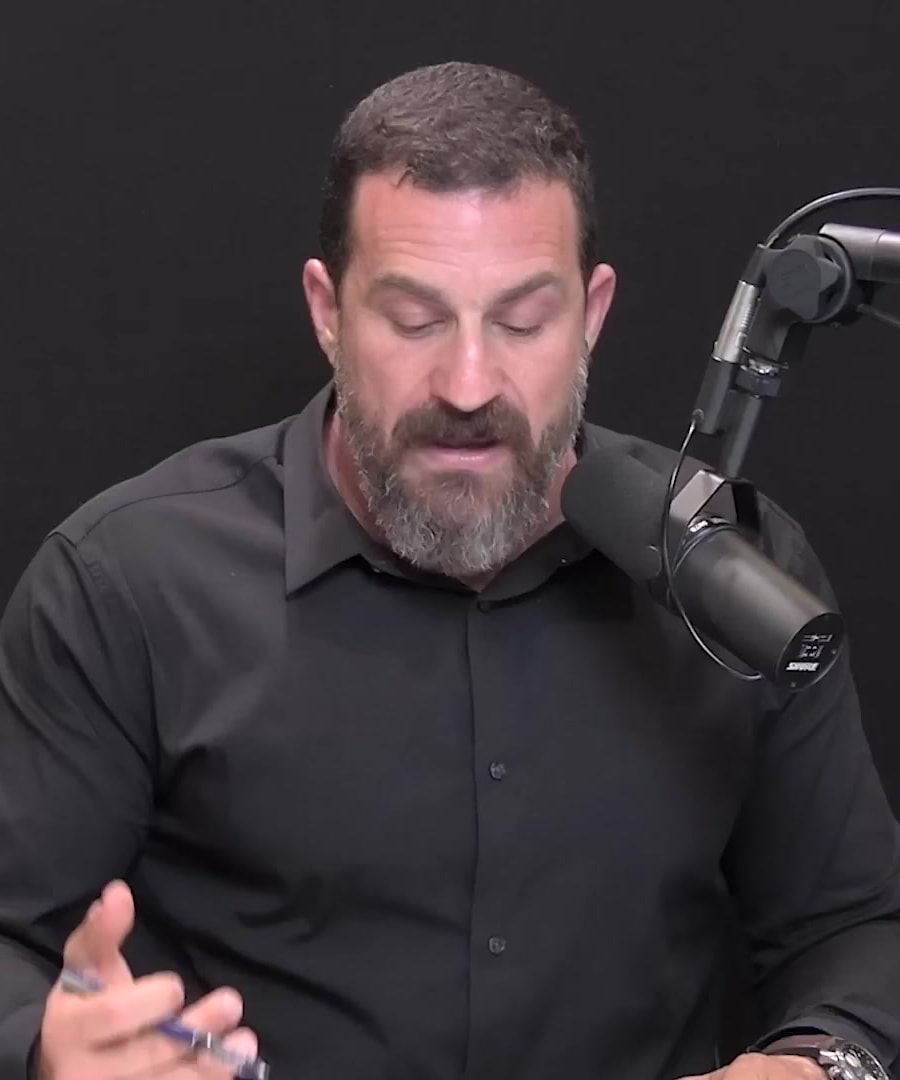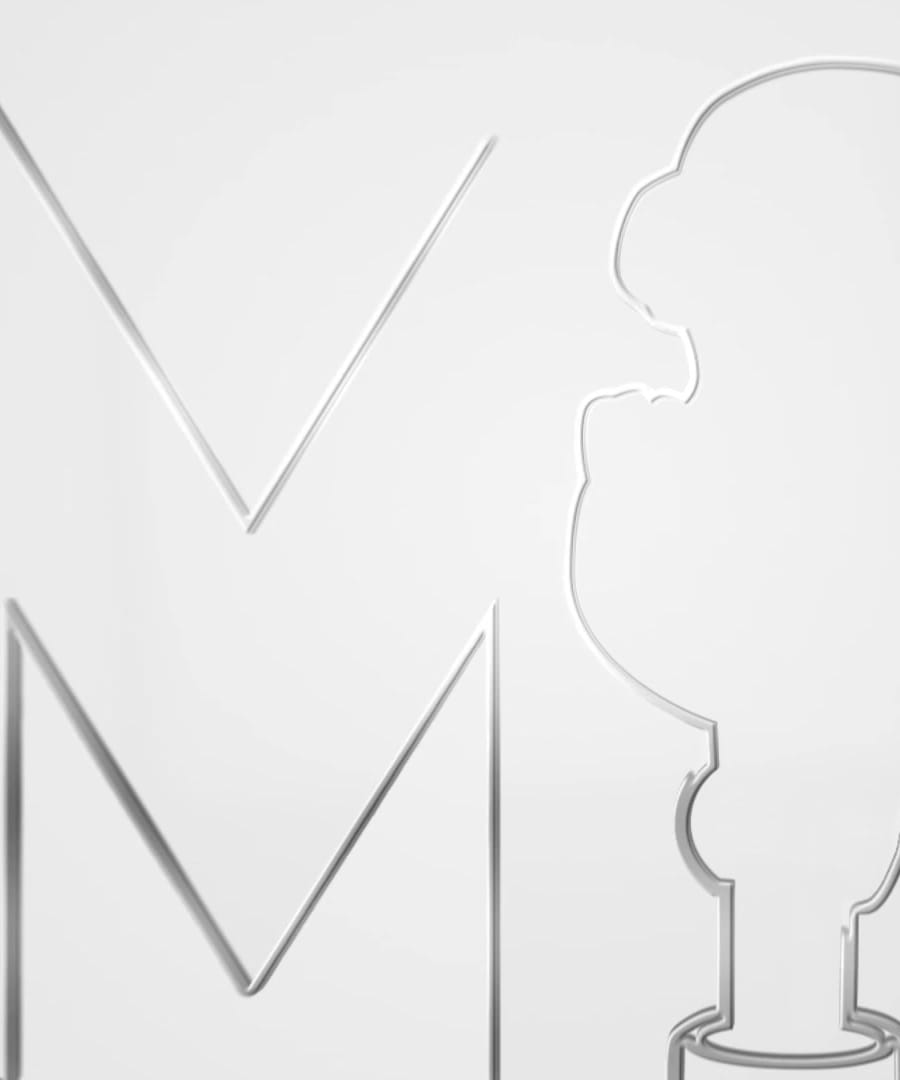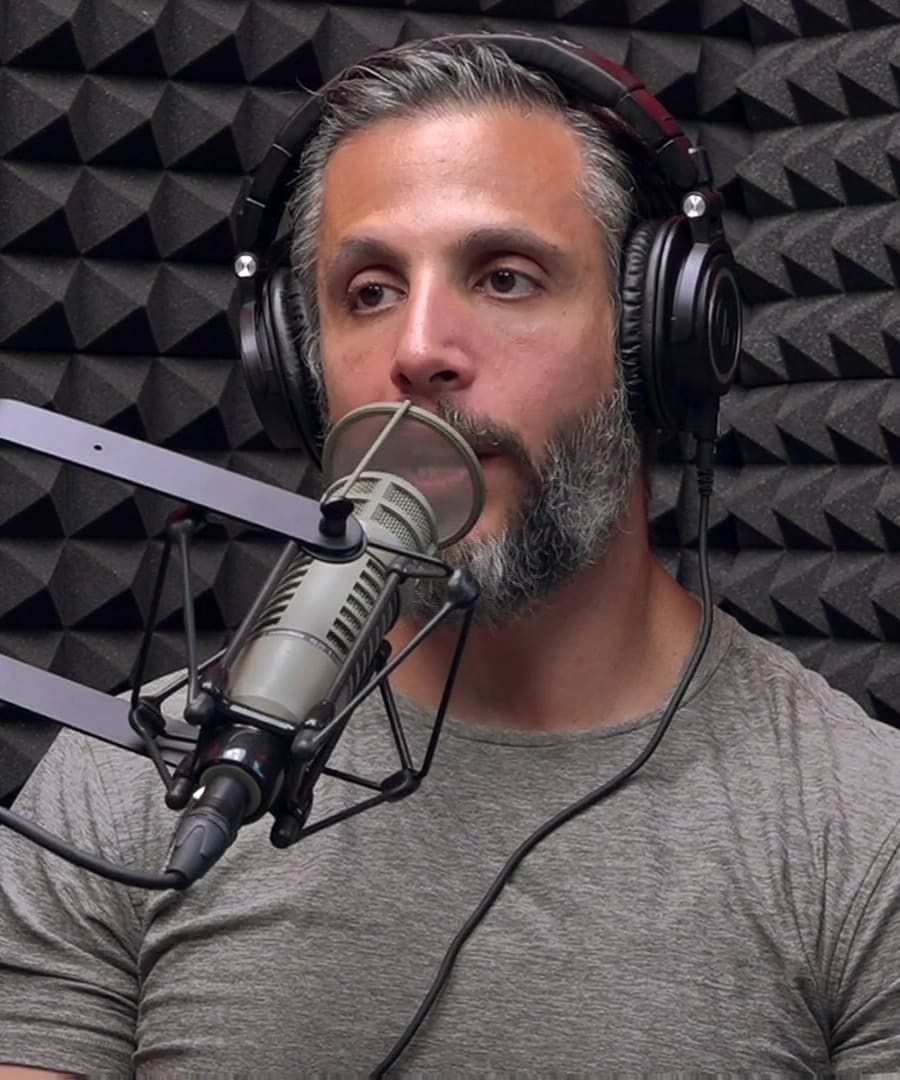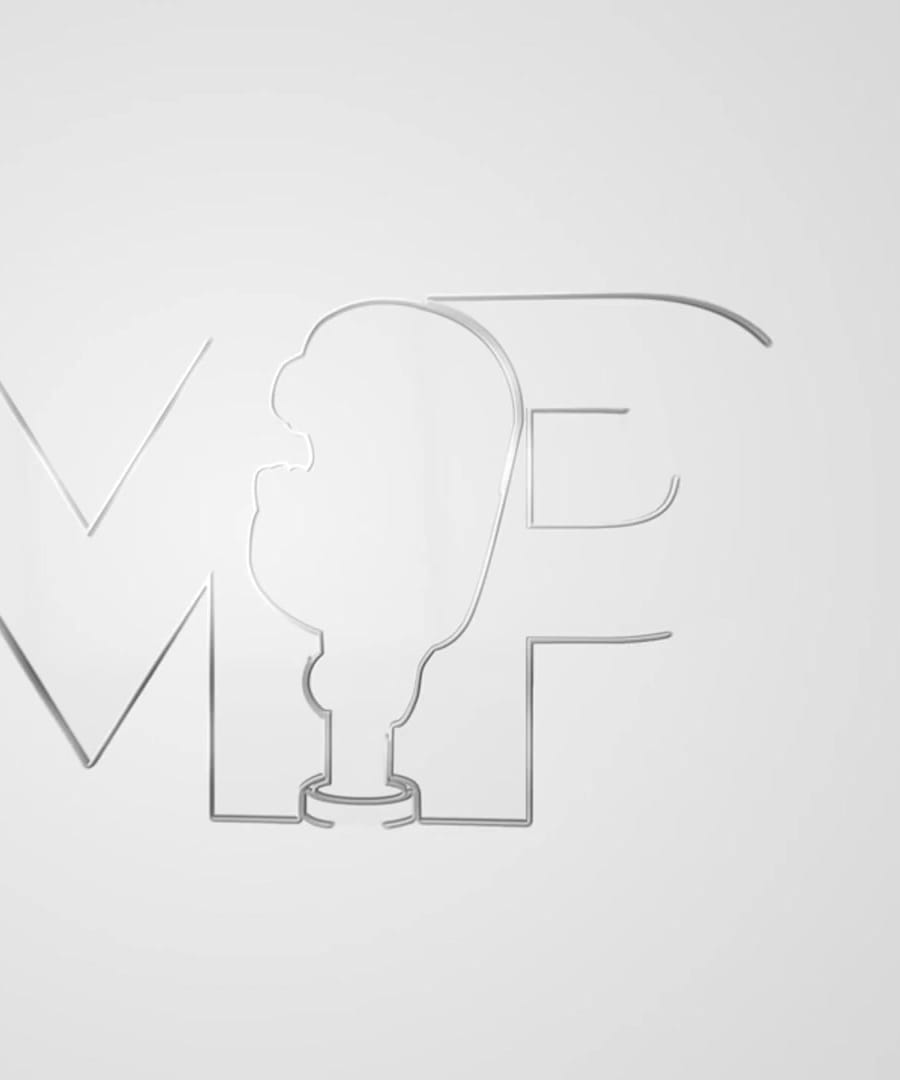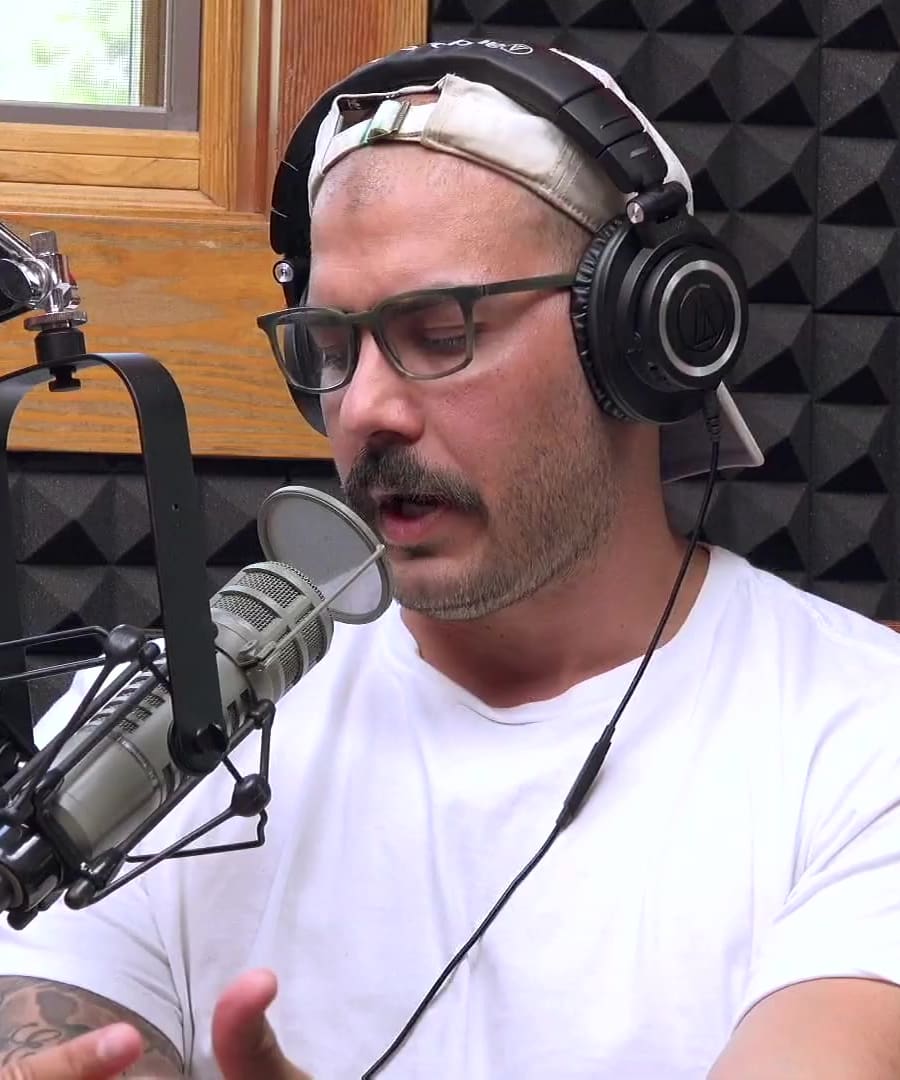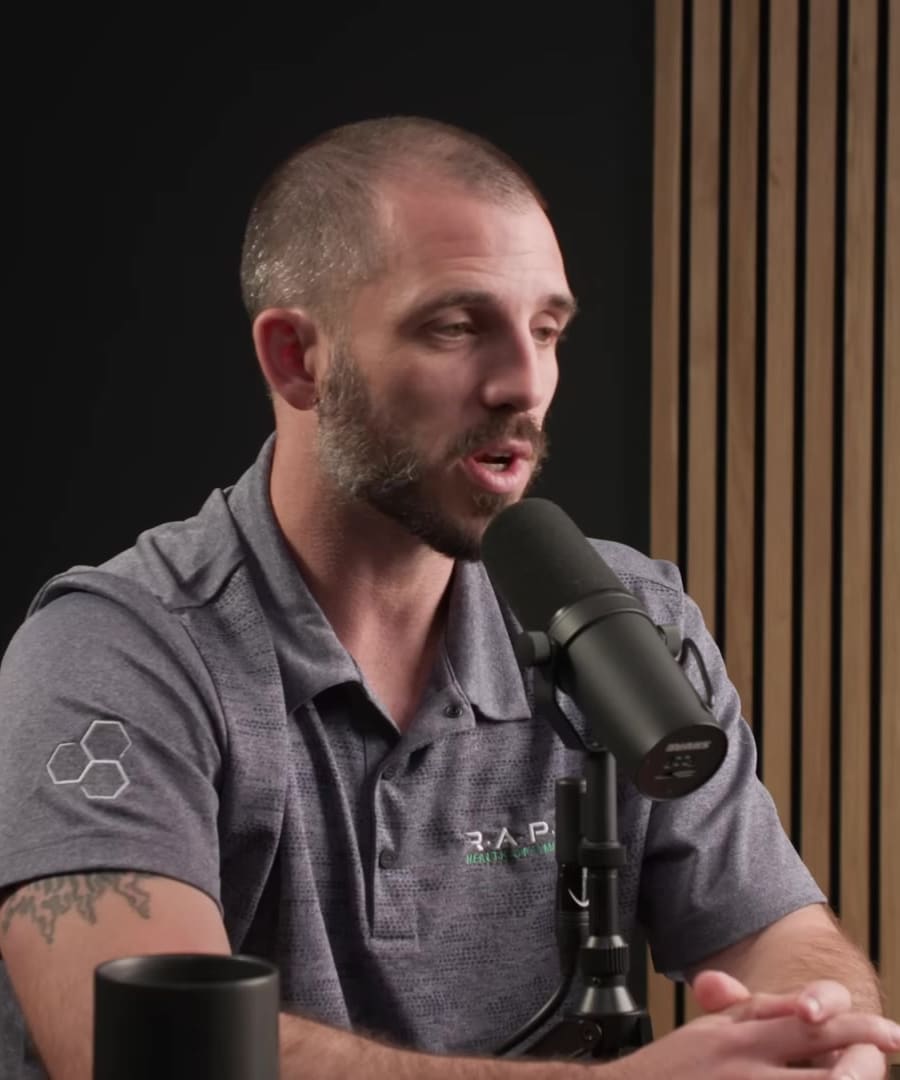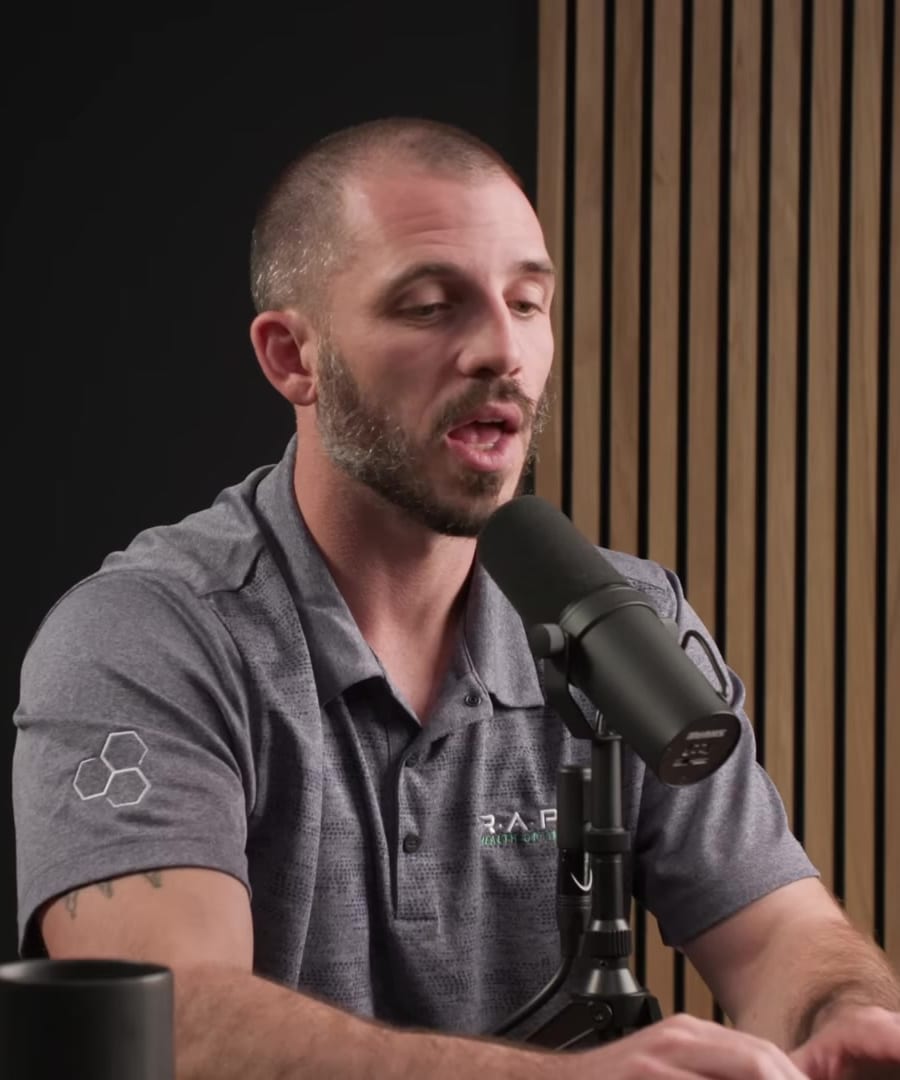Does Andrew Huberman uses headphones while running?
Sources:
does use headphones while running, but he advises against relying too heavily on layering multiple dopamine-inducing activities. While he enjoys running with music and other stimulants like coffee, he occasionally chooses to run without headphones or any stimulants to ensure he can still find motivation from internal processes alone 1.
In another instance, he mentions that he often mixes it up—sometimes running with music loaded on an older phone without any connectivity to avoid distractions, and other times running in silence or varying his use of headphones 2.
He also suggests that for maximizing neuroplasticity, it might be beneficial to let the mind drift during activities like running, rather than always listening to audiobooks or podcasts 3.
RELATED QUESTIONSHow does he suggest using tech while working out?
Sources:
suggests using technology thoughtfully to enhance workouts without causing distractions or dependence:
-
Set Boundaries: Decide ahead of time what you're going to listen to on your smartphone. This could be specific music playlists, podcasts, or audiobooks. By setting these boundaries, you avoid the distraction of searching content or engaging in non-exercise-related activities such as texting or social media during your workout 1 2.
-
Avoid Overloading Dopamine: Be cautious not to layer too many dopamine-inducing activities—like listening to music, checking social media, and texting—during workouts. This can reduce the pleasure and motivation derived from exercising alone. Consider having periods where you work out without a smartphone to avoid reducing your baseline dopamine levels 3.
-
Use Tech Sparingly: While technology can provide valuable feedback, such as tracking movements or performance, it’s essential to aim for internalizing those learnings. Balance tech usage to develop a deeper understanding and feel of your movements and performance, rather than continually relying on external feedback 4.
By implementing these strategies, you can maintain focus, enhance workout efficiency, and ensure that your technology usage supports rather than detracts from your fitness goals.
RELATED QUESTIONS-
Which kind of weighted vest he uses
Sources:
uses a versatile weighted vest that can range from 10 to 50 pounds. He prefers this type of vest for activities like walking, hiking, or endurance training as it adds an extra level of effort and can also accommodate different fitness levels when working out with others. The specific model mentioned is from Morpho, which he likes because it fits close to the body and allows for easy movement without the discomfort associated with heavily loaded military vests or rucksacks 1 2 3.
RELATED QUESTIONSPaul Saladin hiit running workout
I couldn't find any specific clips mentioning Paul Saladin and HIIT running workouts. If you have any more details or another aspect of his workouts you're interested in, please let me know!
RELATED QUESTIONSMost effective hiit running workout for far loos
Sources:
Experts emphasize that High-Intensity Interval Training (HIIT) can be highly effective for fat loss when done correctly. Here are the key takeaways from trusted experts:
-
Intensity and Structure:
- Thomas DeLauer emphasizes that the magic of HIIT lies in the intensity of the intervals. Effective HIIT should involve short bursts of maximal effort (around 15-25 seconds), followed by sufficient recovery time (usually around 2 minutes) to allow for another burst of high intensity. Doing 1 minute on and 1 minute off is less effective and more akin to high-intensity training rather than true HIIT 1.
-
Short-Term Effectiveness:
- According to Sal Di Stefano from the , HIIT is unmatched for burning body fat quickly in a short period. However, its benefits diminish with prolonged and repeated use. For maximum effectiveness, a cycle of HIIT should be followed by a return to more traditional workouts before integrating HIIT again after some time 2 3.
-
Preserving Muscle:
- HIIT workouts structured with weights are recommended to prevent muscle loss while promoting fat loss. This approach can be particularly beneficial for short-term fat loss goals, such as preparing for an event where one needs to look leaner quickly 4.
-
Program Layout:
By adhering to these principles, HIIT can be a powerful tool for effective fat loss.
RELATED QUESTIONS-
How to avoid muscle loss during HIIT?
Sources:
To avoid muscle loss while engaging in High-Intensity Interval Training (HIIT), experts recommend the following strategies:
- Anaerobic Focus:
- Sal Di Stefano highlights that effective HIIT should resemble weight training more than traditional cardio to avoid muscle loss. This approach emphasizes muscle fatigue rather than cardiovascular exhaustion. Maintaining this focus can help preserve and even build muscle during HIIT sessions 1.
- Proper Signal:
- The body adapts based on the signals sent during workouts. When training, especially with HIIT, it’s crucial to send a signal that emphasizes muscle retention and strength gain. Sal Di Stefano explains that HIIT mimics weight training by promoting anaerobic conditions, which is beneficial for preserving muscle mass compared to steady-state cardio, which might lead to muscle loss 2.
- Form and Technique:
- Maintaining good form is essential. Adam Schafer, Justin Andrews, and Sal Di Stefano all stress the importance of prioritizing proper biomechanics during HIIT workouts. Poor form can lead to injuries and diminish the effectiveness of the training, making it more like a traditional cardio session, which could compromise muscle preservation 1.
- Balanced Recovery:
- Including adequate recovery time between high-intensity intervals ensures that muscles are not over-fatigued and can recover sufficiently between efforts. Proper recovery prevents the body from entering a state that's overly catabolic, which can lead to muscle breakdown 1.
By structuring HIIT workouts to be anaerobically focused, emphasizing muscle fatigue, maintaining proper form, and ensuring balanced recovery, one can maximize fat loss while minimizing the risk of losing muscle.
RELATED QUESTIONSWrite a hiit workout for fat loss and muscle mass gain
Sources:
For a HIIT workout focused on fat loss and muscle mass gain, here is a program based on expert recommendations from the :
Program Structure
Warm-Up: 5–10 minutes of dynamic stretching or light cardio.
HIIT Workout (30 minutes)
Set 1: Strength and Muscle Focus
- Heavy Kettlebell Swings:
- 30 seconds on
- 60 seconds rest
- Weighted Squats:
- 30 seconds on
- 60 seconds rest
Set 2: Conditioning and Calorie Burn
- Medicine Ball Slams:
- 30 seconds on
- 60 seconds rest
- Burpees with Push-Up:
- 30 seconds on
- 60 seconds rest
Set 3: Mobility and Flexibility
- Lizard Pose with Rotation:
- 30 seconds each side
- 90/90 Hip Switches:
- 30 seconds each side
Format
- Work Period: 20-30 seconds of high-intensity exercise.
- Rest Period: 40-60 seconds of rest or active recovery (light jogging or walking).
- Total Sets: 3 sets of each exercise (alternate between exercises A and B within each set)
- Total Duration: ~30 minutes including rest periods.
Cool Down
- Light stretching focusing on all major muscle groups used in the workout for 5-10 minutes.
Recommendations
- Recovery and Progression:
- Ensure proper recovery between HIIT sessions to avoid overtraining.
- Gradually increase intensity and weight as fitness improves.
- Proper Technique:
- Maintain proper form during exercises to prevent injuries and ensure muscle engagement.
- Focus on controlled, explosive movements for exercises to maximize benefits.
These workouts mix anaerobic (muscle-focused) and aerobic (conditioning-focused) exercises to help in both fat loss and muscle preservation and building, as emphasized by and his co-hosts from the 1 2. Always consult with a fitness professional to tailor the workouts to your specific fitness level and goals.
RELATED QUESTIONS- Heavy Kettlebell Swings:
According to Andy gulping write a hiit running workout for fat loss, and minimal muscle loss. If lifting weights four times per day
Sources:
For a HIIT running workout designed to maximize fat loss while minimizing muscle loss, and considering that you lift weights four times per day, offers valuable insights on optimizing training protocols. Here’s a structured example based on his advice:
HIIT Running Workout Plan
Warm-Up
- Dynamic stretching and light jogging: 5-10 minutes
HIIT Running Intervals
-
Sprint Intervals:
- Sprint: 30 seconds at maximum effort
- Rest/Walk: 90 seconds
- Repeat: 8-10 times
-
HIIT Running Routine:
- Fast Run: 1 minute at 80-90% maximum effort
- Jog/Walk: 2 minutes at a moderate pace
- Repeat: 6-8 times
Notes from
- Emphasize maintaining strength through consistent lifting (4 times per day in your regimen helps) while incorporating sprint work to enhance athleticism and fat loss without losing muscle mass 1.
- Aim for high-quality intervals, ensuring you fully recover during rest periods to maintain performance and avoid excessive muscle fatigue 2.
- To avoid overtraining, consider active recovery and ensuring that days in between intense workouts involve lower-intensity activities like walking or yoga 3.
Cool Down
- 5-10 minutes of light walking and stretching focusing on major muscle groups.
Additional Recommendations
- Consistency and Progression: Gradually increase the number of sprint intervals or the intensity over time as you improve your fitness level.
- Active Recovery: Incorporate low-intensity activities on non-HIIT days to aid in recovery and reduce overall fatigue.
- Balance: Since you're lifting regularly, ensure your HIIT workouts are not overly taxing to avoid diminishing returns from overtraining.
This combination of HIIT running with your existing weightlifting routine can optimize fat loss while maintaining muscle mass, as emphasized by in his discussions on 1 2 3.
RELATED QUESTIONS
